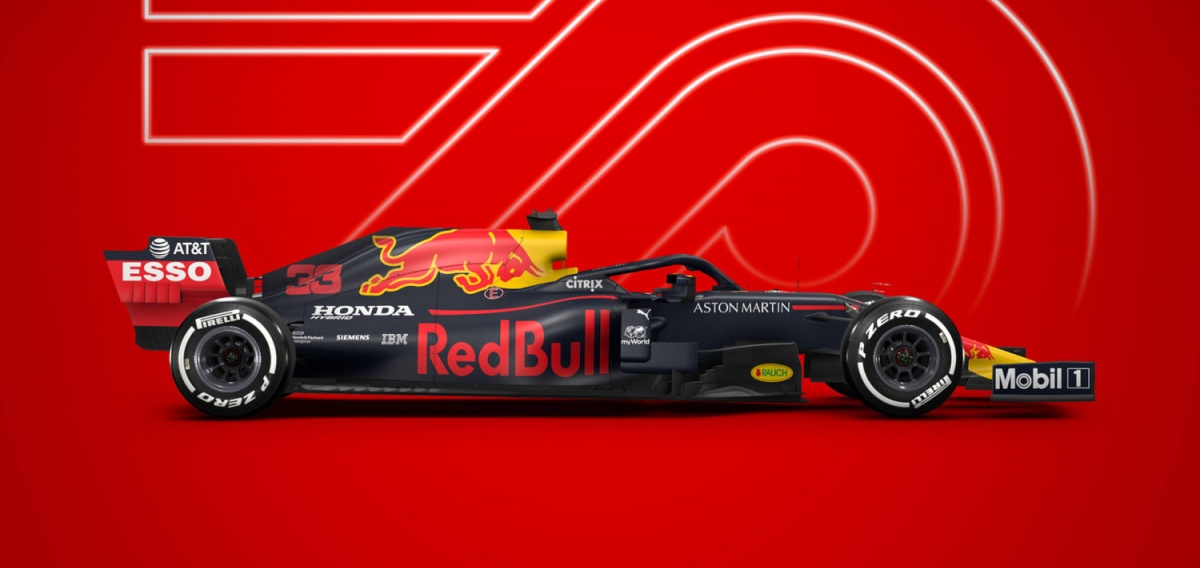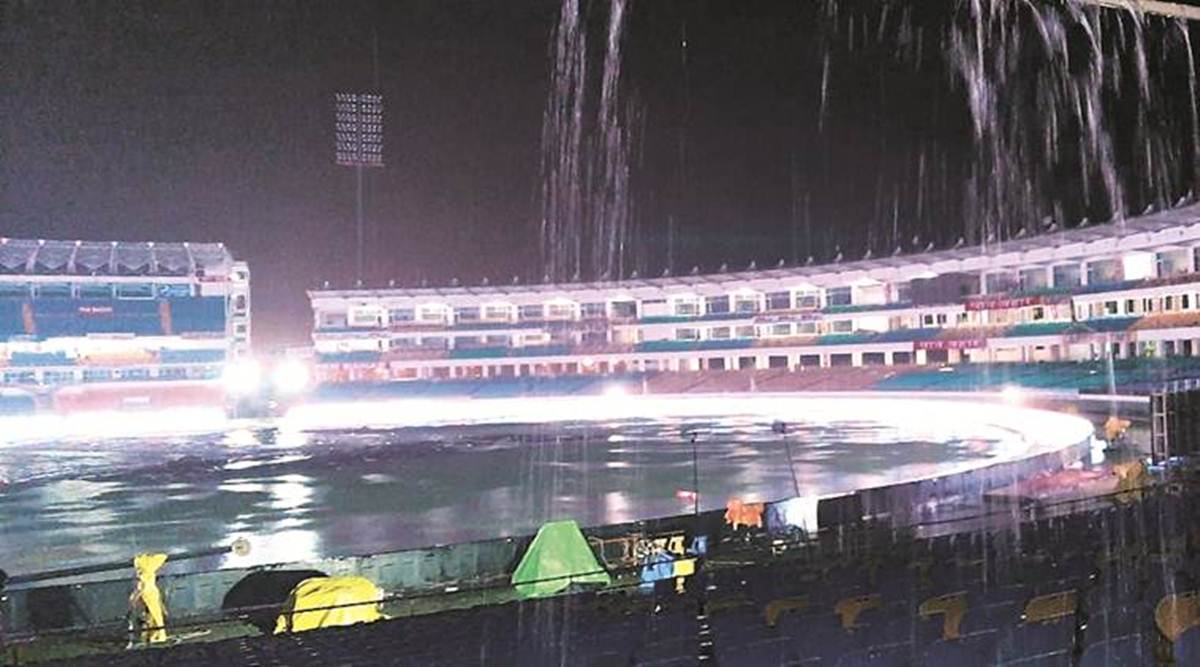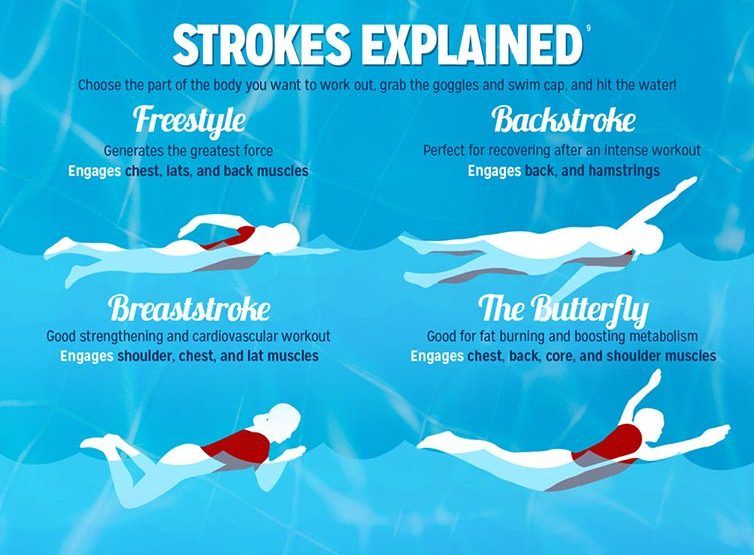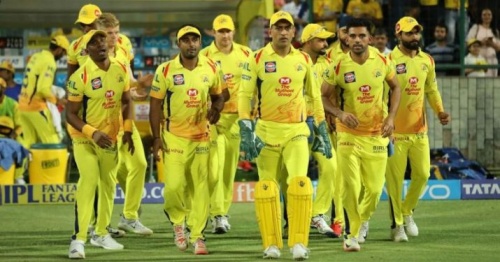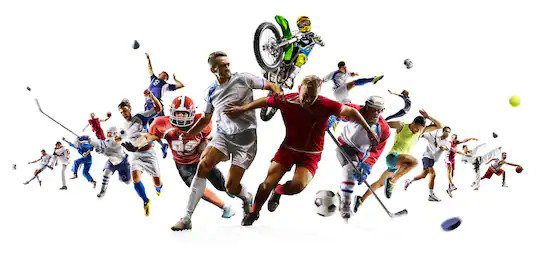F1 has banned refueling of tanks since 2010. Then, to reduce the cost as well as increase safety, the FIA decided to ban it. Therefore, F1 On racing cars will follow the latest regulations that will improve racing with a full fuel tank.
According to Haas F1 Team driver Romain Grosjean, a restoration of the refueling system can be very beneficial for an F1. You will have the opportunity to solve and troubleshoot GPDA.
He said, "Yes, we want it." "Not because we think it's great for racing, but because we need to reduce the weight of the car to help Pirelli." It is a temporary solution to make the car 70kg lighter or 60kg lighter. It is one of the reasons why we can feel excessive car fever like crazy. "
Additionally, he highlighted the benefits of reintroducing the base. He said, "Yes. The tire will help, which is a big weakness."
Also, there are many other theories for different drivers. Most of them saw the era of refueling and subsidizing automobile refueling.
According to runners' opinions, running with a light car is safer and more convenient. Thus, it makes racing more comfortable, while also reducing the risk factor, in one aspect of the tire dramas.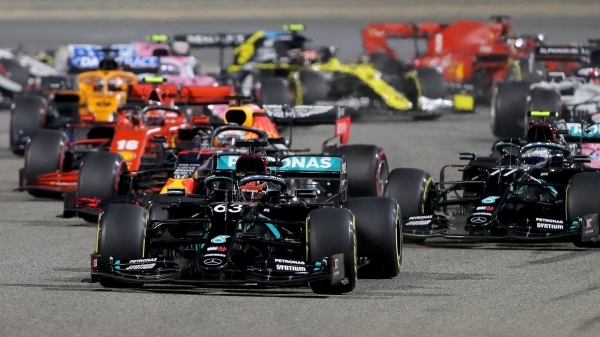
What stopped the F1 refueling decision?
Many suggested a meeting on the F1 strategy group. Also, in 2017, in order to ensure the display is optimized and rendered. After that, not all of the ideas reached the desired destination.
In the debate over ethnic refueling, the positives and negatives have arisen. The argument in favor of refueling did not outnumber those who opposed it.
It would be impossible to dispute the fact that the cost and the safety of faults. However, it would be very difficult to say that refueling is not going to make the cars faster either. The lighter car is faster to start the race. Cabins with 50kg of fuel will be faster than those with starting at 100kg.
Based on the current maximum allowed. It wouldn't make much of a difference if the lighter load allowed the driver to push their tires a little harder to set half a second per lap.
From a driver's point of view, they would like a faster speed, but they are not the ones who watch the races, so there is not much difference between those who watch. It would be incredibly unfair to attribute the recent spike in movements solely to the refueling ban. The arrival of three new teams in 2010 took a toll on the numbers, while the Pirelli designed to smash tires and DRS (Traction Reduction System) arrived in 2011 and turned the whole sport around.
But it would also be wrong to say that refueling did not have a negative effect on overtaking. Statistics can paint a misleading picture, but it is rare that such a large amount of data does not provide a true overall trend, and the view that refueling hurts bypassing is supported by a number of highly experienced VIPs. Inside F1.
Formula One needs to attract new fans and from now on the focus is on making a bigger impact in closed-circuit racing with more competition across the field and pockets of action. This idea of banning refueling was also to create opportunities for teams in difficulty. Also, to avoid danger to the pit crew members and the passengers in the cockpit as well.
Also Read: Top Opening Partnerships in Test Cricket

